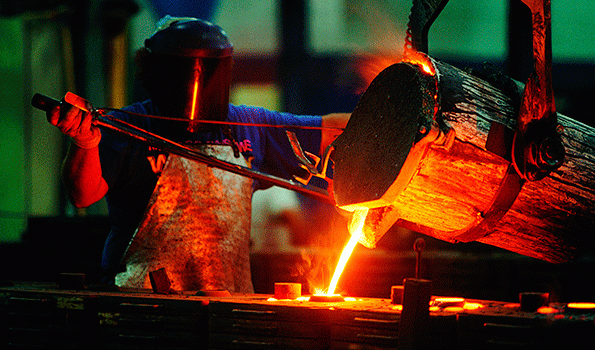Automobile Casting Equipment

The automobile industry offers a huge market for the cast products using ferrous, non-ferrous metals and its alloys. Various casting methods are used to produce automobile accessories that are light in weight, easy to maneuver, and cheap. Zinc Die Casting and Aluminum Die Casting are two most popularly used processes to produce automobile casting equipment. Zinc Die Casting :By using…








